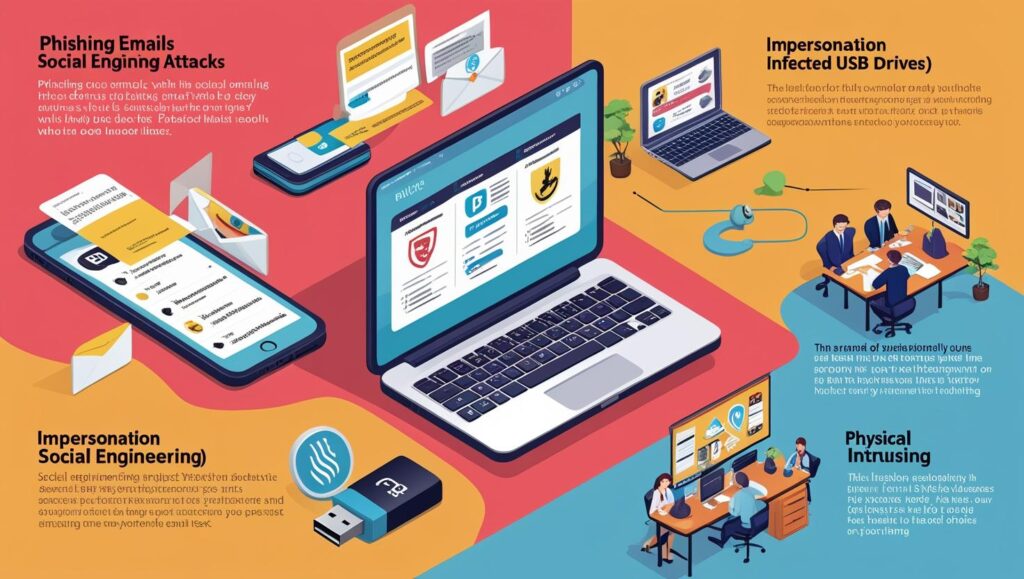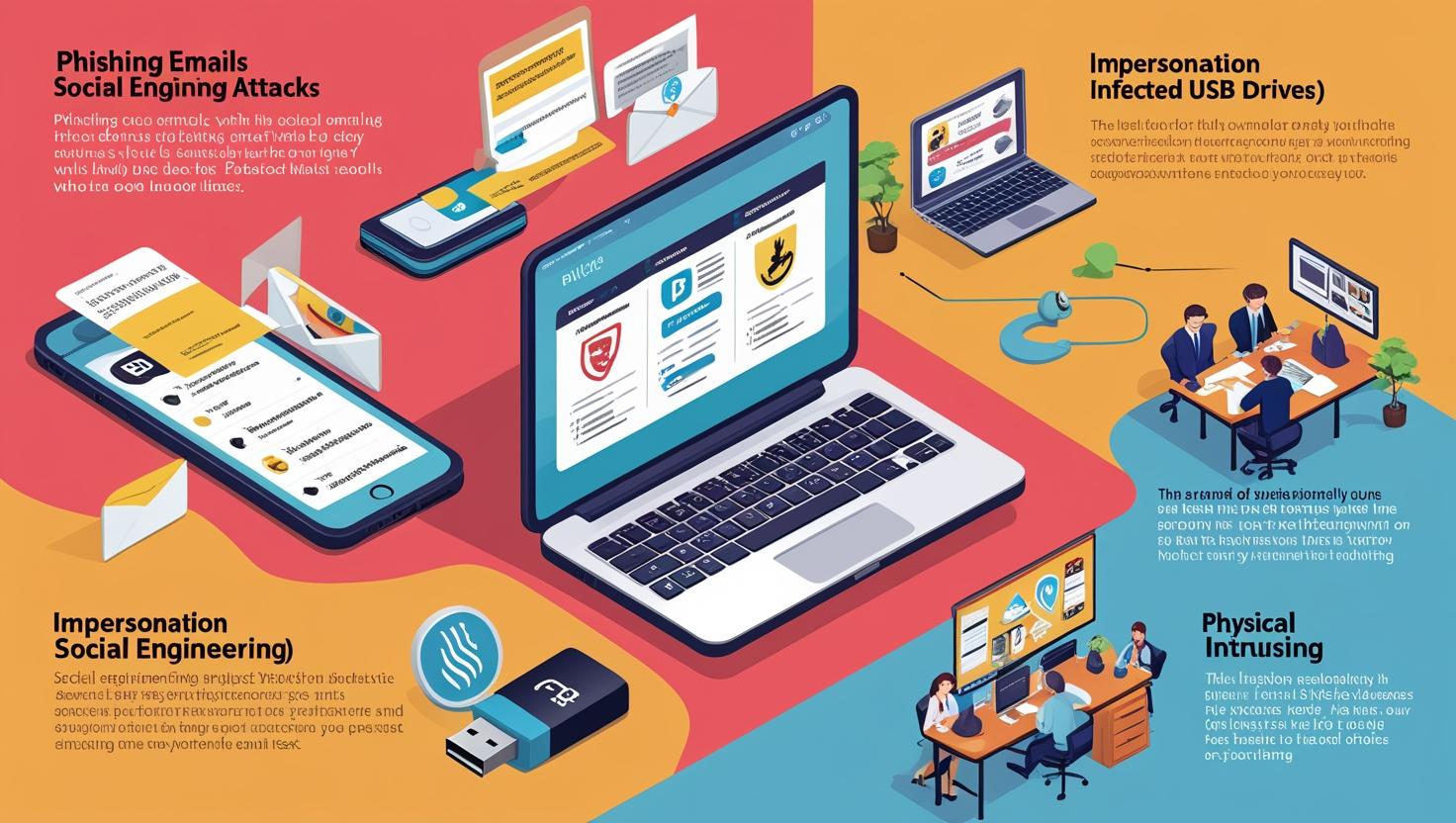
When cybersecurity is discussed, technical jargon like firewalls, encryption, and malware often dominate the conversation. Yet, the most vulnerable component in any security system is not the hardware or software—it’s the human being.
Social engineering is the practice of manipulating people into divulging confidential information or performing actions that compromise security. It’s a powerful form of attack that doesn’t need code to breach systems—it uses psychology as the weapon.
What Makes Social Engineering Effective?
Rather than exploiting technical vulnerabilities, social engineering attacks exploit human behavior- our tendency to trust, respond to authority, act under pressure, or get curious. These attacks are particularly dangerous because they can bypass even the most sophisticated cybersecurity defenses simply by tricking someone into opening the door from the inside.
Types of Social Engineering Attacks
Type |
Description |
|
Phishing |
Fake emails from trusted sources asking for credentials or pushing malware-laden links. |
|
Spear Phishing |
Personalized phishing targeting a specific individual using researched information. |
|
Vishing |
Phone-based impersonation to trick targets into revealing sensitive info. |
|
Pretexting |
A fabricated scenario (e.g., pretending to be IT support) to gain trust and data. |
|
Baiting |
Using infected USBs or free downloads to lure victims into executing malware. |
|
Tailgating |
Gaining physical access to secure areas by following authorized personnel. |
Real-World Case Studies

1. Twitter Bitcoin Scam (2020)
Attackers used vishing (voice phishing) to impersonate Twitter IT staff. Employees were tricked into logging into a fake admin portal. As a result, the attackers gained access to high-profile accounts (e.g., Elon Musk, Apple) and tweeted a Bitcoin scam, netting over $100,000 in hours.
2. Ubiquiti Networks Breach (2021)
An insider threat posed as an external hacker and demanded ransom after stealing data. Ironically, the perpetrator joined the internal investigation team to mislead investigators. This incident highlights the power of internal social engineering.
3. RSA Security Breach (2011)
An employee opened an Excel attachment titled “2011 Recruitment Plan,” which contained a zero-day Flash exploit. The attackers gained access to RSA’s internal systems, compromising sensitive data tied to its two-factor authentication products.
Prevention & Defense
To defend against social engineering, organizations must combine technology with training:
✅ Regular security awareness training
✅ Use of Multi-Factor Authentication (MFA)
✅ Implementation of a Zero-Trust architecture
✅ Conducting phishing simulations
✅ Role-based access control and least privilege policies
Final Thoughts
“Amateurs hack systems. Professionals hack people.”
Social engineering proves that the most advanced firewall can be undone by a single click. Defending against it means investing not just in tools, but in people, culture, and awareness.


